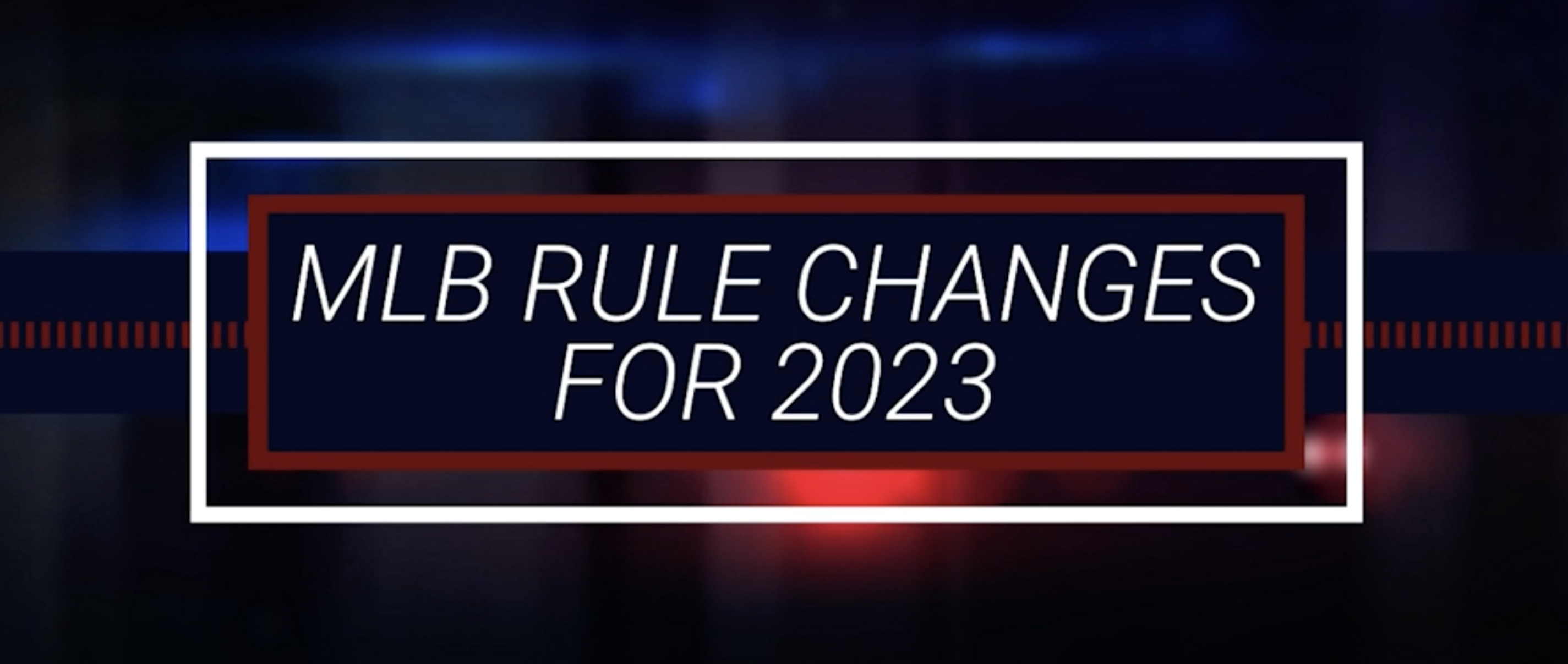Pitch Clock and Shift Effects
MLB Rule Changes: Early Effects
Let’s look at the catch-all of OPS
May 10, 2023
How Has Offensive Strategy Changed from MLB Rule Changes
Below, we look at the year-over-year changes seen so far and what training adaptations we recommend
What Are The MLB Rules That Have Changed?
MLB rule changes are here. The start of 2023 also has shown a marked uptick in offensive output. We regularly track OPS to connect to a player’s Zone and Pitch Recognition skills on uHIT. So let’s see what impacts to that traditional metric are happening since the rule changes. To briefly review, the following rule changes happened in 2023 (see more here):
- Shift Restrictions
- Bigger Bases
- Pitch Timer
Putting aside bigger bases, we are focusing here on the two most significant rule changes for hitting impact: shift restrictions and the pitch timer. Why would we focus on these two changes to reflect zone and pitch recognition skills of hitters?
First, we look at shift restrictions. If a hitter makes good contact, he has recognized aspects of the pitch type and its location in the zone. With good pitch and zone recognition, the hitter can put his optimum swing on the ball. That way, he will hit the ball the hardest and/or drive it where he wants to hit it. When the shift was around, this outcome didn’t always lead to getting on base (OBP) or hitting extra bases (SLG). Now, with the shift limited drastically, players are rewarded again for hitting the ball hard AND in-play (as opposed to hard and out of the park).
Second, let’s look at the pitch timer. The key here is no excessive downtime between pitches. As a hitter, you can get into a rhythm with the pitcher easier. That leads to greater ease at course-correction during an at-bat.
What Has Happened On-Field As A Result?
Now let’s go back to that marked uptick in offensive output we began with. In all of 2022, the top 25 hitters in OPS held a mean of 975 points (see reference here). After watching a few games this year, we started tracking the hitting changes after the first 7-10 days of the season.
On Apr 11 2023, we pulled the top 25 hitters in OPS and found a mean of 1163 points (a whopping +19% increase). That was anomalous to our expectations because usually the start to the season sees lower offensive output (we’d welcome some hard data on this general observation in comments, if incorrect). But here we were with a big boost in the first 7-10 days of the season.
We looked again on May 10 2023 and pulled the top 25 hitters in OPS. The mean was 1005 points (You can pull at the date you access on from here). Not as high as the increase out of the gate, but a 3% increase still over last year.
How Does Pitch/Zone Recognition Training Accommodate These Changes?
The good news is that the incentives between uHIT and on-field are more aligned now at the MLB. If you consistently recognize pitch types and zones in uHIT, that will translate to the field.
Matching Rewards On-field and In-The-App
The key for better translation is when you are speed- and pitch-matched as closely as possible. For instance, one amateur adult baseball player wrote into us that he doesn’t even look at the MLB pitchers in uHIT because he’s never gonna see stuff about 80mph. It’s more effective for his in-game hitting when he’s working pitches in uHIT that are in the 70-80mph range.
Many other players who use uHIT tell us the same thing: from youth up to MLB. In uHIT Custom’s Zone Recognition Training, for instance, you are rewarded for recognizing pitches in the highlighted part of the strike zone faster. This type of speed and spatial precision are key ingredients to hitting a ball with the type of swing you want to put on it. And now, when you deliver contact to the ball as an MLB player, your reward won’t be snuffed out by a well-shifted second baseman. This will likely lead to a stronger connection between OPS and Zone/Pitch Recognition skills, as we have seen in other uHIT studies.
Matching the Timing On-field Closer to In-The-App
The rhythm between pitches in uHIT is now closer to what you see in MLB games. By default, uHIT has a few seconds of pause between each pitch and on-screen feedback from the prior pitch outcome.
Some uHIT players though asked for the ability to not have the pitches come automatically. Rather, they wanted a way to register to the pitcher that you’ve “stepped into the box.” (This is a feature you can change in Settings under “Next Trial”, going from “Automatic” to “Tap for Next” – See more here: https://youtu.be/UVYUx_77dNg). The MLB level has voted in the direction of more “Automatic” than “Tap For Next” at your own pace. Any training that includes a similar rhythm can only help a hitter kept to a similar pace on-field.

